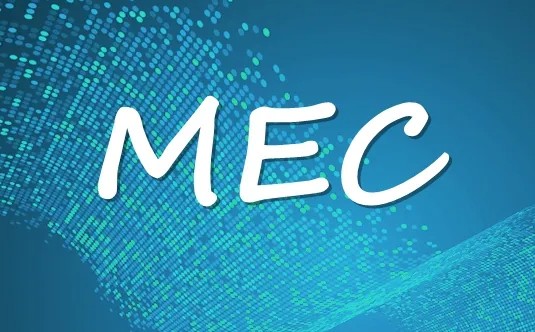Analysis of future ETSI standardization progress
In 2016, ETSI released three technical specifications related to MEC, covering MEC terminology, technical requirements and use cases, MEC framework and reference architecture. The first specification, GS MEC 001, mainly standardizes MEC terminology and covers MEC The concept, architecture, and terminology issues related to functional units; the second specification GSMEC 002 provides the technical requirements for MEC in platform interoperability and deployment, and provides relevant use cases; the third specification GS MEC003 provides the MEC Reference architecture, defined interfaces, functional units and modules. As shown in Figure 10, it shows the standardization progress of ETSI by the end of 2017.
In addition, ETSI also defines many service scenarios related to MEC (GS MEC-IEG 004), description of the MEC service framework (GSMEC-IEG 005), and MEC market driving forces and indicator analysis (GS MEC-IEG 006).

Up to now, the standardization work of MEC ISG Phase 1 (2015 to the end of 2017) has been completed and frozen. In addition to the above-mentioned standardization content, in October 2017, some standards were recently completed, including 5 items. content:
1) The first set of standardized application programming interfaces was released to support the interoperability of edge computing. The five ETSI specifications involved are GS MEC 009 (API guidelines), GS MEC 010-2 (LCM rules and requirements) , GS MEC 011 (APP enablement), GSMEC 012 (wireless network information API) and GS MEC 013 (location API), will be close to mobile edge service API, application life cycle management, mobile edge platform application enablement, wireless network information API and location API;
2〉Completed the GS MEC 010-1 part, which belongs to the partl part of MEC management and mainly introduces the systems in MEC.
System host and platform management. Including platform configuration, performance and fault management, application monitoring, remote service configuration and service control, information collection about platform features, available services and available virtualization resources;
3) Completed the GS MEC 015 part, which mainly standardizes the bandwidth management API part. It describes related application policy information, including authorization and access control, information flow, required information and service aggregation mode, etc. ;
4) Completed the GS MEC 016 part, which mainly standardizes the interface of UE APP and includes the management of the life cycle of UE APP. Covers the following life cycle management operations: user application search, user application instantiation request and user application terminates the request; LoRa Gateway
5) The completed research report (group report, GR) GR MEC 018 mainly introduces the issues of MEC supporting end-to-end mobility. The report documents mobile use cases and end information flow to support UE and application migration of mobile edge computing Content. At the same time, the current document describes new mobile edge services or interfaces and the
Changes to mobile edge services or interfaces, data models, application rules and requirements.
ETSI’s MEC standardization has entered the second phase. In the future, the second phase will mainly make certain modifications and updates to the previously defined standardization content. For example, some MEC terminology will be updated in GS MEC 001, and some new terms will be proposed in GS MEC 002. MEC technical requirements and add new content in API and MEC architecture. In addition, Phase 2 will also standardize the content of open APIs.
As a pioneer in edge computing standardization, ETSI not only creatively predicted the prosperity of the current edge computing industry, but was also the first in the world to provide an edge computing architecture, which has very strong guiding significance. The current discussion around edge computing architecture is basically It is developed around the standards proposed by ETSI. However, as a European standardization organization, its influence is slightly inferior to that of international organizations such as 3GPP. The standards developed by ETSI focus more on the IT field and lack the understanding of network architecture. As a result, there has been no discussion on how edge computing can be combined with existing LTE and future 5G network architectures. As a key technology for operator transformation, edge computing will not be integrated into the operator’s network if it is not linked to the network architecture. If the architecture is taken into account, its influence will be greatly reduced. In addition, some current equipment manufacturers including Huawei, ZTE, Nokia, etc. produce edge computing-oriented equipment. Although they partially refer to the edge computing architecture proposed by ETSI, most of them Interfaces and platform construction are defined by equipment manufacturers themselves, and equipment platforms are basically unable to interoperate. It has been more than two years since ETSI started the standardization process, but the implementation of standards in the industry is extremely poor, and equipment manufacturers are still doing their own thing. Equipment Based on their inherent technical capabilities and influence, manufacturers basically produce equipment based on their own capabilities, ignoring the vision of platform interoperability, decoupling and openness expected in the standard, resulting in the edge computing industry remaining very closed. Finally, the standards The formulation also failed to activate the industry’s vitality in edge computing and failed to draw more companies into the edge computing industry. Operators are also extremely limited by equipment vendors in the selection of edge computing equipment and the construction of platforms, which has seriously affected The implementation of edge computing business and the pace of industrialization. Therefore, how to promote the mandatory implementation of ETSI standardization in the future is also important.
